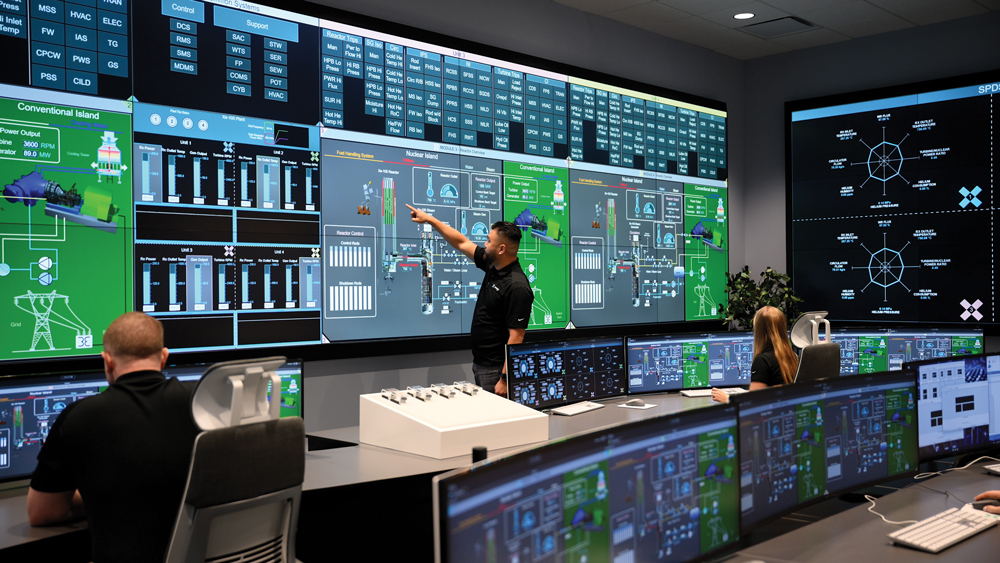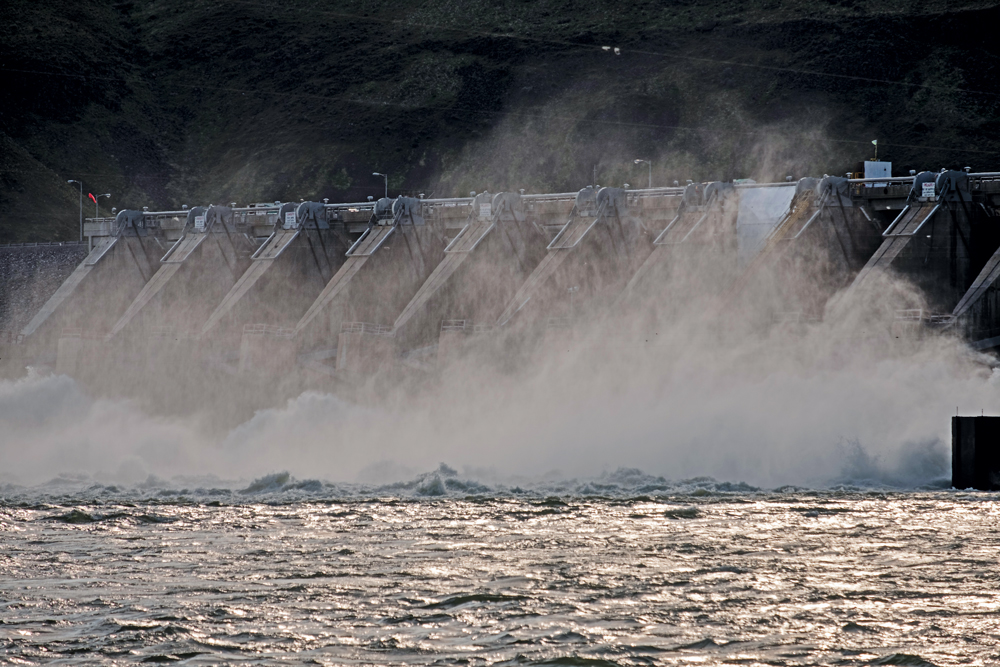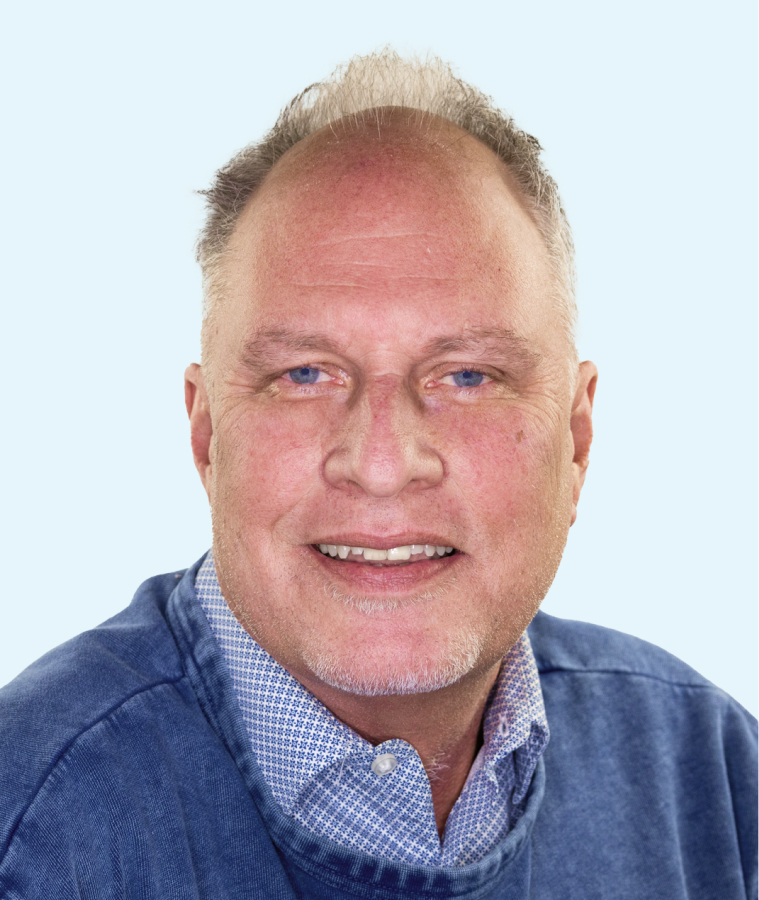Hydroelectricity helps deliver the EV revolution to central Washington.
No county in America grows more potatoes than sprawling Grant County in central Washington state.
“If you’ve ever had a french fry, it’s probably come from here,” says Brant Mayo, executive director of the Grant County Economic Development Council, which is playing a lead role in efforts to diversify the county’s agriculture-heavy economy.
Those efforts are paying off in a big way. Bolstered by inexpensive hydropower from two publicly owned dams on the Columbia River, and by aggressive workforce development programs, Grant County has emerged as an important player in the strategic national effort to build better batteries for electric cars. In the county seat of Moses Lake, two large-scale manufacturing facilities to produce advanced battery materials are nearing completion. Each is bringing hundreds of jobs to the town of 26,000 people while supporting the evolution of EV battery performance.
Based in Woodinville, Washington, and with manufacturing operations in South Korea, Group14 Technologies received a $100 million federal grant under the Bipartisan Infrastructure Law to build what the company bills as the world’s largest production site for advanced silicon battery materials in Moses Lake. The company’s flagship product is a silicon-carbon composite material designed for use in lithium-ion battery anodes. In September, Group14 won an additional $200 million federal grant to build a silane gas plant in Moses Lake to supply its operation and others.

An x-Energy control room Photo courtesy of Amazon
Like Group14, California-based Sila Technologies is soon to begin production of a silicon-based anode material, whose advantages over traditional graphite equal greater EV battery range and dramatically faster charging times. Supported by a $100 million Department of Energy grant, the company has secured supplier agreements with Mercedes-Benz and Panasonic. At full capacity, Sila’s Moses Lake factory will power more than a million electric vehicles a year.
Both Sila and Group14 — requiring abundant, reliable and sustainable electricity — cited the availability of clean, affordable hydropower as crucial to their decisions to locate in Grant County. Drawing upon the county-owned Wanapum and Priest Rapids Dams, the Grant County Public Utility District, says Mayo, can deliver electricity in the range of 3.2 cents per kilowatt-hour. That’s less than half the national average.
“We don’t even do private contracts,” says Mayo. “They get slotted into a rate payment like anyone else.”
Sila is collaborating with Moses Lake’s Big Bend Community College and Columbia Basin Technical Skills Center — part of the Moses Lake School District — on training programs to create a pipeline of industry talent, providing each school with $1 million to offset the costs of establishing curricula and purchasing training equipment.
“Moses Lake is becoming a hub for innovation and new manufacturing jobs,” said Sara Thompson Tweedy, Big Bend Community College president. “We now have a program designed to give our students the skills they need to enter these new industries and succeed.”
Still, It’s Not Enough
Grant County’s hydroelectric resources have a total generating capacity of more than 2,100 MW of renewable energy. But as it cultivates increasingly power-intensive, clean energy businesses such as Sila, Group14, the renewable jet fuel producer Twelve and a growing cluster of data centers in and around the town of Quincy, the county keeps needing more renewable power.
“When I first started here,” says Mayo, “the first question was always ‘How much is your power?’ Over the past three years, that’s changed. Today, it’s ‘How much can I get?’ and ‘What kind is it?’ Right now,” Mayo says, “we need more power and more transmission.”
A $140 million Quincy Transmission Expansion Project, led by the Public Utility District and to come online around 2028, is to include numerous new transmission lines and switchyards to more than double the transmission capacity from the Columbia River to Quincy and its ravenous data centers.
“But to be frank,” says Mayo, “that power is already spoken for.”
Given the constant demand of Grant County’s emerging industries, solar and wind and their fluctuating supplies aren’t panaceas. Small modular reactor (SMR), says Mayo, is one of several options on the table.
In October, Amazon announced a partnership with Energy Northwest to advance Maryland-based x-Energy’s development of SMR technology in Washington state and throughout the Northwest. Through the agreement, Amazon is to fund the initial feasibility phase of an SMR project near Energy Northwest’s Columbia Generating Station nuclear facility in Richland.
“We are kicking over every rock and looking at every option,” says Mayo. “Our companies are willing to be part of the solution, and they’ve got a ton of smart people. It’s really just trying to tackle this as a village to find short- and long-term answers.”

